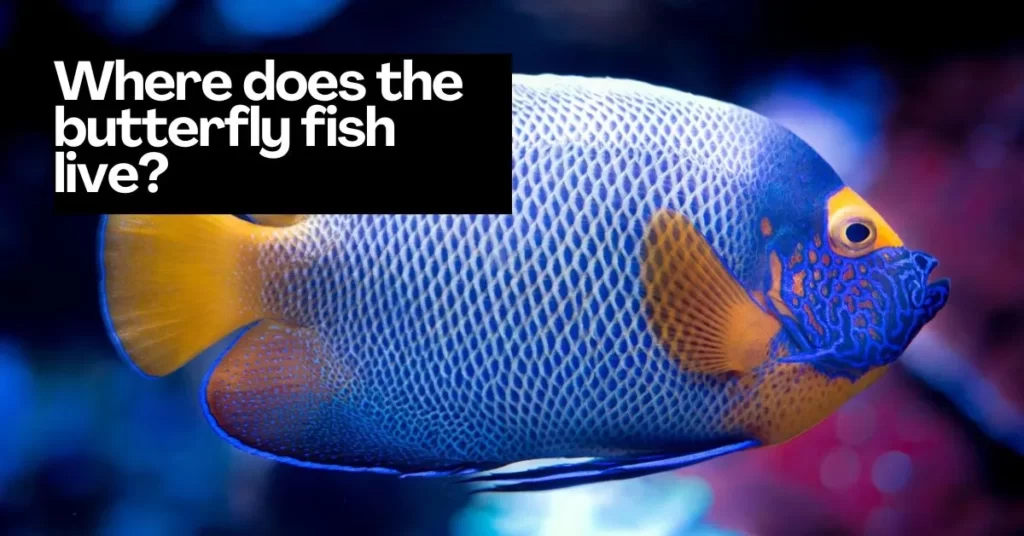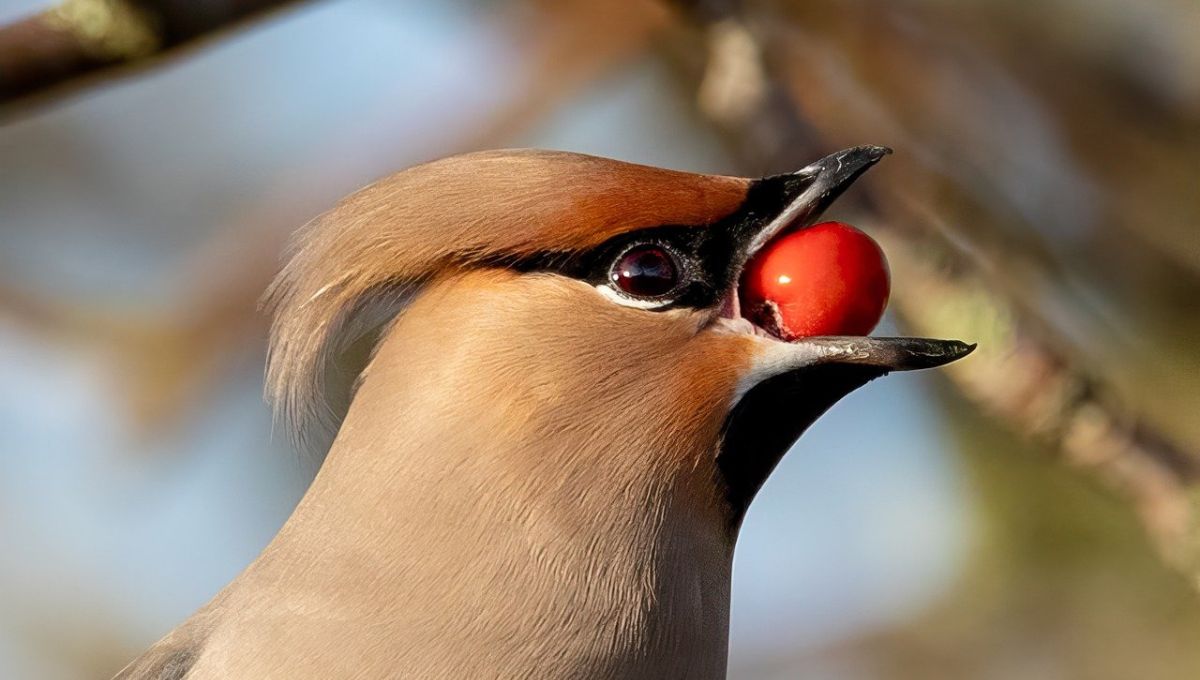Butterflyfish are a family of tropical marine animals that have adapted to life in and around coral reefs.
The seemingly endless changes in beautiful colors and patterns give each species a completely distinct look, much like the famous insect for which it is named.
In fact, the lively appearance and rather docile personality make them a very popular type of aquarium fish.
Butterflyfish distribution, population, habitat, and other information:

Butterfly fish are one of the most common types of coral reef fish in the world. It is very well adapted to life in the narrow confines of vast coral reef systems, although a few species also inhabit seagrass beds, lagoons and mud flats.
The highest density of the species is found in the Pacific region between Australia and Taiwan. Only four species occur in the eastern Pacific Ocean and 13 in the Atlantic Ocean.
Their preferred habitat is shallow warm water less than 65 feet deep near the coast or estuaries, but a few species live in water habitats as deep as 650 feet.
The IUCN Red List classifies most species as Least Concern. This means that the butterfly fish is in excellent health and does not require any specific conservation efforts to survive.
However, the butterflyfish is so adapted to its habitat that the death of coral reefs due to climate change may threaten many species. Know more about goldfish types.
Scientific Name of Butterfly Fish:
The scientific name of the butterfly fish family is Chaetodontidae. It is a combination of two ancient Greek words: chaite, meaning hair, and odontos, meaning tooth.
This family should not be confused with freshwater butterflyfish (also known as African butterflyfish). Native to the West African region, freshwater butterflies belong to an entirely different order.
4 The phenomenon of butterfly fish
This fish is most active during the day and sleeps in crevices and hiding places at night.
These fish can automatically change color depending on the situation. The bright colors often fade at night to blend in with the coral reef. But the color becomes more vivid when the fish feels antagonistic.
Most of these fish move in schools or pairs for food and protection, but some are highly territorial.
Butterfly fish rely on their eyesight to find prey and communicate with others. If two fish become separated, one may swim upstream to alert the other of its presence. Know more about angel fish facts.
Butterfly fish species:
There are about 115 species of fish in this fish family, each with a unique pattern and color. There are a total of 12 species, but the genus Chaetodon has about 90 species.
Fourier Butterfly Fish:
Native to the Atlantic Ocean from Massachusetts to South America, this species has a very recognizable white and blue body with dark stripes radiating from the center. The name probably comes from the very long and prominent black spot near the tail surrounded by a white ring.
Copperband Butterfly Fish:
Native to the Pacific and Indian Oceans, this species has alternating white and orange stripes around its body. It has a particularly long snout.
Blacknosed Butterfly Fish:
Also known as Barberfish, this eastern Pacific species (which congregates around the Galapagos Islands) has a yellow body, a white face, and black spots around the upper fins and parts of the mouth. Know more about flying fish facts.
Appearance of Butterfly Fish:
Butterfly fish sometimes look like butterfly wings. It has a large, round but flattened body with prominent fins around the back and pelvis.
The dorsal fin sometimes has sharp spines that provide defense against potential predators.
As previously mentioned, this family is named for the short rows of bristle-like teeth in the mouth. Some have long snouts and jaws (up to 25% of body length) for catching prey in small crevices.
The most common colors are blue, yellow, orange and white with black contrasting bands and large spots near the back.
This location may serve the purpose of confusing predators. The largest species of butterfly fish are up to a foot long, but most do not exceed 8 inches.
What do butterfly fish eat?
Feeding at the bottom of the ocean, butterflyfish have evolved all kinds of jaw shapes and sizes to search narrow crevices for food.
Its favorite foods include small vertebrates such as sponges and worms.
Butterfly fish prey on sharks, eels, snappers and other large fish. If danger arises, this animal has the ability to hide in small crevices around the coral reef. Know more about barb fish types.
Breeding and life span of butterfly fish:
Butterflyfish mate at a specific time of the year. In tropical regions, the spawning season usually peaks in winter or early spring.
In temperate climates, the spawning season occurs in summer. Butterflyfish form stable monogamous pairs for at least three years and sometimes their entire lives.
When a female is ready to mate, her abdomen swells with eggs. The male will come up from behind and poke her belly gently with his snout.
They will release eggs and sperm together, creating a white cloud in the water. A few enterprising males without a mate can swim and quickly add to his sperm cloud.
Once fertilized, the egg hatches in just 28 to 30 hours.
The parents probably play no role in raising and caring for the young, but to protect itself, the butterflyfish has a unique larval stage where it develops a plate of bony armor on top of the head.
After growing to the size of a coin, the fish will soon enter a juvenile stage and display different color patterns from its adult size.
It will usually find a temporary home in small tide pools or shallow areas before moving on to corals.
After about a year, butterfly fish can be expected to start breeding. Its full lifespan in the wild is five to 10 years.






